Our Galaxy Exchanging Stars With Another?
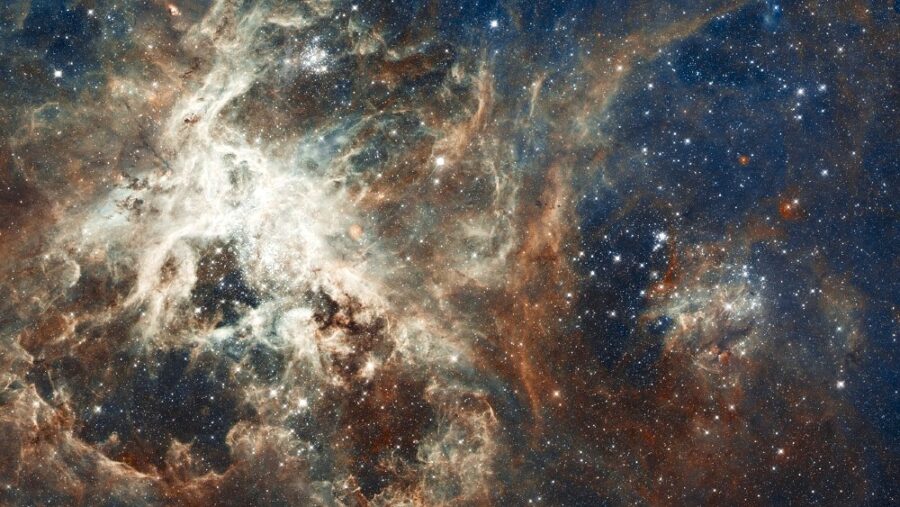
Is the Milky Way trading stars with Andromeda like a high school foreign exchange program? In the words of the immortal Magic 8 Ball, all signs point to yes. A recent study suggests that hypervelocity stars may have already left Andromeda and made their way to our galaxy a few billion years ahead of schedule.
What Are Hypervelocity Stars?
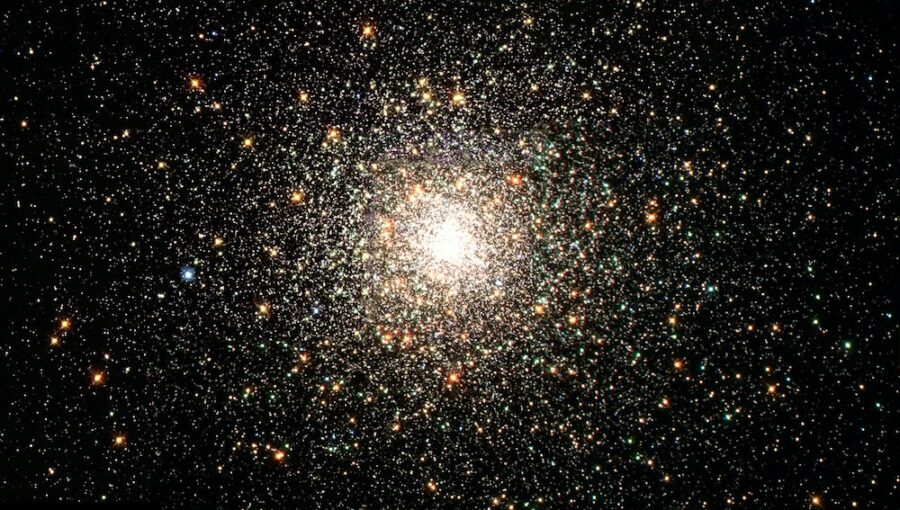
People tend to see stars as stationary objects in space. The earth rotates, but the stars, the stars stay where they are. While that line of thought is understandable from our perspective here on the ground, it’s not quite accurate.
Stars are constantly moving, but due to their distance from us, that motion is barely perceptible. Hypervelocity stars, like the ones drifting into the Milky Way from Andromeda, are different. HVS, as they are known, are some of the fastest objects in the Galaxy. HVS are defined as stars with a velocity of 1,000 km ( 621 miles) per second.
The first Hypervelocity star was discovered in 2005. Since then, a number of HVSs have been observed in our galaxy, with scientists believing that some of them have the potential to escape the Milky Way and travel towards its closest neighbor, Andromeda. While most stars move slowly around the center of the galaxy they belong to, Hypervelocity stars operate in a much different manner.
The Black Hole Connection
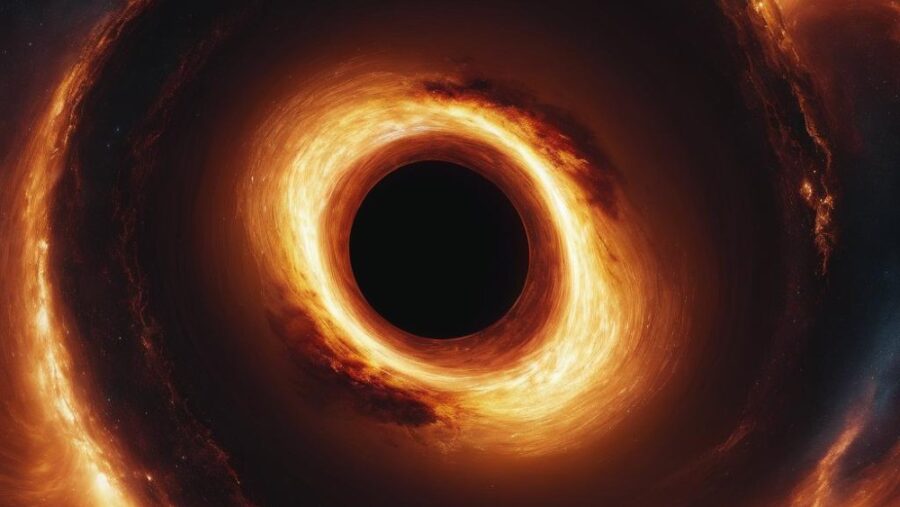
The high velocity of HVSs stems from gravitational interactions between binary stars and black holes. Binary stars are a pair of stars that either revolve around each other or together around a common center. Think of the planet Tatooine from Star Wars, and you’ll get the idea.
Hypervelocity stars occur when a black hole captures one binary star, resulting in the ejection of the star’s twin at a high velocity. Another theory is that when one star in a binary system goes supernova it pushes the other star away at incredible speeds. Whatever causes the phenomenon, Hypervelocity stars are out there zipping around the cosmos and occasionally traveling from one galaxy to another.
Scientists Recreate The Activity
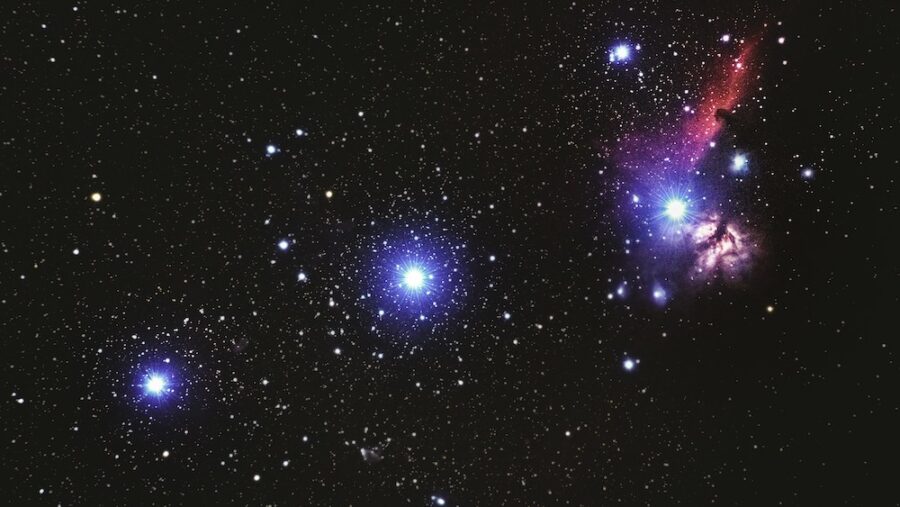
A team of researchers led by Lukas Gülzow from the Institute for Astrophysics in Germany performed a painstaking analysis to determine what was happening with the exchange of stars between the Milky Way and Andromeda. The first step was understanding the relative motion of the two galaxies. To do that, the team had to model the gravitational potential of both systems or “the total acceleration acting upon an object at any position in either of the galaxies at any time.”
Once the models were established, the team could start generating simulations of motion within the respective galaxies to model the trajectories of the Hypervelocity stars. The team calculated the trajectories of 18 million Hypervelocity stars using two different scenarios. One scenario took into account the Milky Way and Andromeda having equal mass, while the other assumed the Milky Way had about half the mass of its neighbor galaxy.
How Andromeda’s Stars Ended Up In Our Galaxy

The team randomly generated the starting positions of the Hypervelocity stars somewhere in the center of the Andromeda Galaxy. Using both scenarios, they then studied the velocity of the Hypervelocity stars as they traveled to the Milky Way.
The researchers found that many of the Hypervelocity stars maintain the same speed and continue flying through space. Some stars, however, slowed down enough during the trip to be captured upon entering the Milky Way.
Further Study Needed
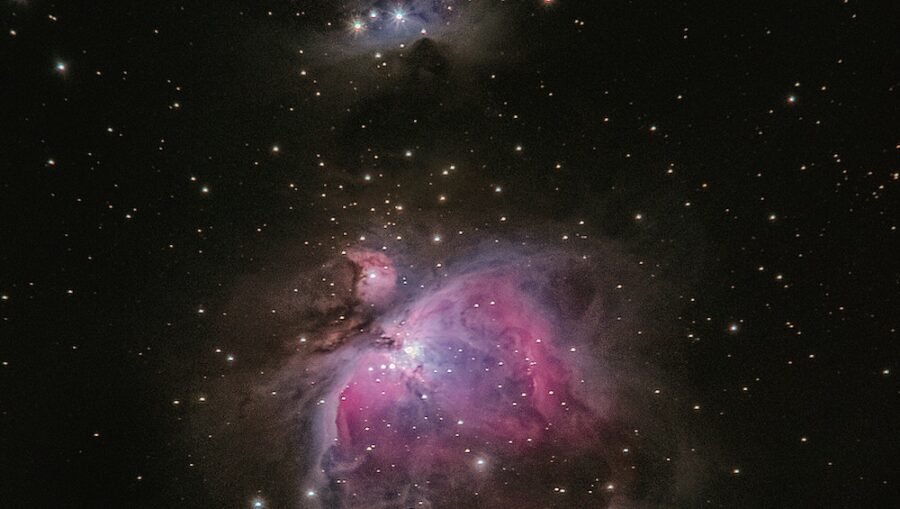
The study concluded without a doubt that Hypervelocity stars were finding their way to the Milky Way after being ejected from Andromeda at high speeds. While we can’t expect large numbers of stars to migrate to our galaxy from Andromeda, the fact that even a few are is enough to warrant further study.












